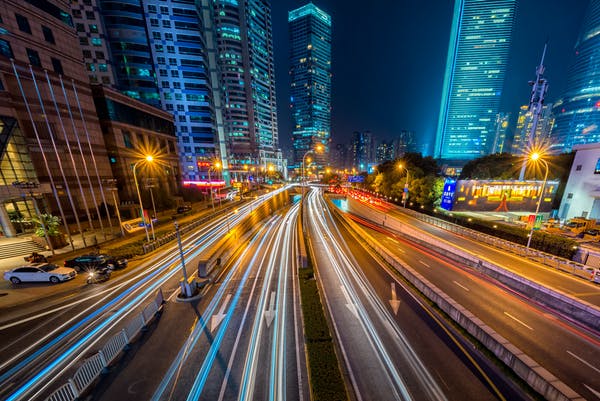Introduction:
The Internet of Things (IoT) is rapidly changing the way we live, work, and play. One of the most exciting areas where IoT is making a big impact is in smart cities. Smart cities use IoT technology to improve sustainability, efficiency, and quality of life for citizens. From reducing energy consumption to improving transportation, IoT is playing a crucial role in shaping the future of our cities. In this article, we will explore the role of IoT in smart cities and how it is helping to improve sustainability and quality of life.
Improving Energy Efficiency
One of the most significant ways that IoT is being used in smart cities is to improve energy efficiency. Smart buildings, streetlights, and traffic lights can all be connected to the internet and controlled from a central location. This means that energy consumption can be monitored and adjusted in real time, reducing waste and saving money on energy bills. Additionally, IoT-enabled devices can also be used to monitor and adjust the temperature in buildings, making them more comfortable for occupants and reducing energy consumption.
Enhancing Transportation
Another key area where IoT is being used in smart cities is to enhance transportation. Smart traffic lights can be connected to the internet and adjusted based on real-time traffic data, reducing congestion and improving the flow of traffic. Additionally, IoT-enabled vehicles can communicate with each other and with traffic infrastructure to improve safety and reduce accidents. Public transportation can also be enhanced with IoT, such as real-time bus and train tracks, making it easier for citizens to plan their commutes.

Improving Air and Water Quality
IoT is also being used to improve air and water quality in smart cities. IoT-enabled devices can be used to monitor air and water quality in real time, providing valuable data to city officials. This data can be used to identify areas where air and water quality need to be improved and to take action to address the problem. Additionally, IoT-enabled devices can be used to monitor the health of citizens, providing early warning of potential health hazards and allowing city officials to take action to prevent illness.
Enhancing Public Safety
IoT is also being used to enhance public safety in smart cities. Smart cameras, sensors, and other devices can be connected to the internet and used to monitor public spaces, providing valuable data to city officials and law enforcement. This data can be used to identify areas where crime is likely to occur and to take action to prevent it. Additionally, IoT-enabled devices can be used to monitor emergency situations, such as natural disasters, providing valuable data to first responders and helping them to respond quickly and effectively.
Improving Quality of Life
IoT is also being used to improve the quality of life in smart cities. Smart parks, playgrounds, and other public spaces can be connected to the internet and used to provide valuable data to city officials. This data can be used to identify areas where improvements are needed, and to take action to improve them. Additionally, IoT-enabled devices can be used to monitor the health and well-being of citizens, providing early warning of potential health hazards and allowing city officials to take action to prevent illness.
Enabling Remote Monitoring and Control
IoT is also enabling remote monitoring and control of smart cities. This means that city officials can monitor and control different systems in the city from anywhere, using their phones or computer. This can be especially useful in emergency situations, such as natural disasters, allowing officials to respond quickly and effectively. It can also be used to monitor and control systems in real-time, such as energy consumption, transportation, and public safety, allowing for more efficient and effective management of the city.
Conclusion:
The Internet of Things (IoT) is playing a crucial role in shaping the future of smart cities. From improving energy efficiency to enhancing transportation and public safety, IoT is helping to improve sustainability and quality of life for citizens. As technology continues to evolve, we can expect to see even more innovative uses of IoT in smart cities, making them even more efficient, sustainable, and livable. It is important for city officials to stay informed about the latest advancements in IoT technology and to find ways to incorporate them into their cities. By doing so, they can help to create smarter, more sustainable, and more livable cities for all.

